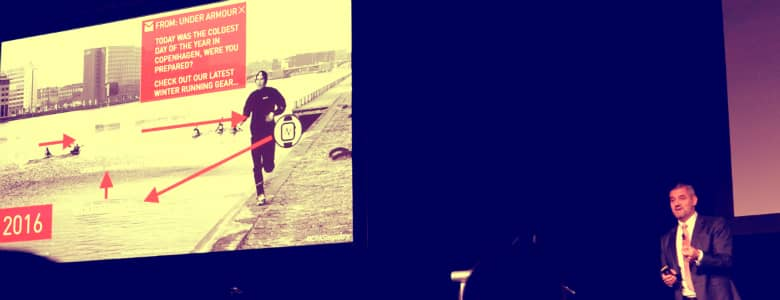IoT Solutions: The next level

When Singapore’s first all-female Mount Everest team was preparing for their 2009 expedition, they knew that reaching the summit would take more than just physical training; teamwork would be just as critical.
With this in mind, they agreed on shared goals and individual responsibilities, and created a culture where members were not afraid to question one another if they felt that something was not right.
According to Mr Charles Reed Anderson, founder of Internet of Things (IoT) consultancy Charles Reed Anderson & Associates, this collaborative, open culture is exactly what the IoT industry needs if it is to truly change how future cities function.
Mr Anderson was speaking at the opening ceremony of IoT Asia 2017, held in Singapore from 29-30 March. Dr Vivian Balakrishnan, Minister for Foreign Affairs and Minister-in-Charge of Singapore’s Smart Nation initiative, was guest of honour at the event.
While the IoT industry has made progress, many initiatives have not lived up to expectations, said Mr Anderson.
“Are we learning from our mistakes? What can we as an industry do to drive IoT success?”
Better Together
A key part of the answer is better collaboration among industry stakeholders, said Mr Anderson. “It’s not just about getting people to sit around the table — it’s about engaging them and making sure they participate.”
IoT is more than just about the technology itself, he explained. Successful IoT initiatives also require senior management buy-in, strategic business plans and good business operations, among other factors.
“IoT initiatives that have done very well have pulled together these stakeholders,” said Mr Anderson.
For example, Singapore’s recent restructuring of its Smart Nation initiative (which now parks GovTech under the Smart Nation and Digital Government Group (SNDGG) in the Prime Minister’s Office (PMO)) would allow government agencies to work together more closely, said Mr Anderson.
“This is important because they can derive more efficiency, leverage common platforms and share data. This is one of the better initiatives I’ve seen around smart cities, and I can’t wait to see how it gets implemented in the coming months.”
In addition, vendors of IoT technologies and services would also benefit from collaborating with one another to offer more complete solutions, said Mr Anderson. While IoT initiatives pull together numerous ecosystem components — including sensors, data, applications, and the need for security and integration — there is still no one vendor that sits in all of these spaces, he explained.
“If you’re a vendor, what you need to do is start collaborating more, and finding partners that will strengthen your offering.”
The tipping point
Mr Anderson also highlighted two emerging IoT trends: first, the emergence of over-the-top (OTT) providers — companies that take advantage of the ample IoT infrastructure already in place and use it to develop new services.
An example of this is a company that combines surveillance footage from existing camera networks into a single platform, and then gains new intelligence by running video analytics on it.
The second emerging trend is the development of low-power wide-area networks (LPWANs) — dedicated IoT networks that can transmit information over long distances at low cost; these are needed to handle the sheer number of connected devices expected in the future.
“Smart cities, if they’re ever going to reach their potential, need these LPWANs, because we need tens of thousands of applications to actually derive value,” said Mr Anderson.
For the moment, competing standards and vendors present a challenge for the industry. But Mr Anderson thinks that LPWANs will eventually prove to be the tipping point for IoT — where a number of small things come together to initiate an action.
“Everyone is getting involved, whether it’s hardware vendors, operators, platform providers or energy companies. It’s driving the market forward. It’s not just supply — we have all this pent-up demand in industries like agriculture,” he said.
“But success won’t be easy, because the market is fragmented.”
Solutions, not technologies
Summarising his talk, Mr Anderson had a simple message for the audience.
“If you talk about IoT, don’t tell me about your technology — tell me what problem you’re going to solve,” he said.
“This is all about solutions, not about technology.”
Instead of simply implementing their technology, companies should take a more strategic approach, he suggested.
This could involve analysing the market, understanding industry trends and end-user insights, and identifying risks and opportunities. “Then, position your offering against the competitive marketplace, and partner with others to grow it further,” he said.
“We’ve made some mistakes along the way, and we have a lot of progress to make still. My advice is to go out, find somebody who’s doing it better, and find a way to leverage it.”
https://www.tech.gov.sg/media/technews/iot-solutions-the-next-level
